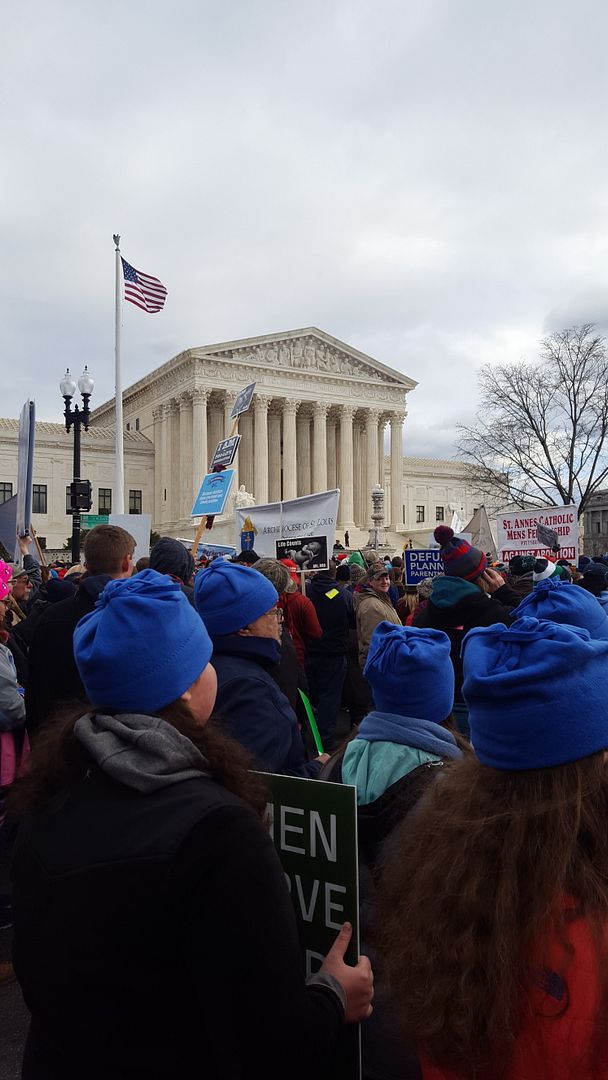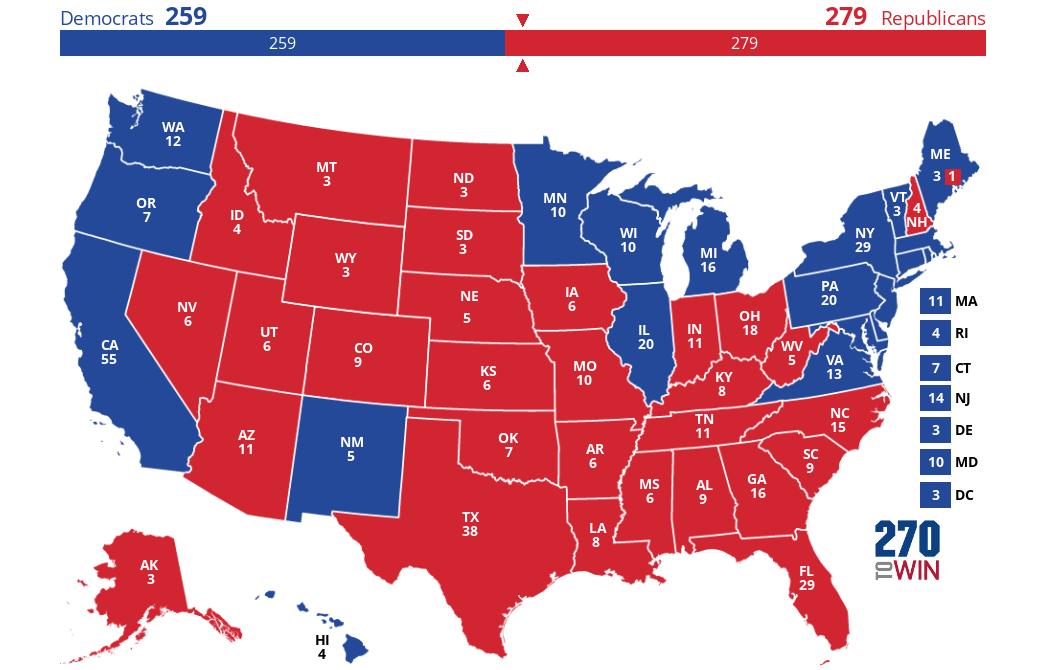The result of a special election in Delaware’s 10th Senate district, way up there in New Castle County, was discouraging to First State Republicans who were thisclose to regaining the State Senate for the first time in decades. Instead, the Democrats reached into their vastly deep pockets and bought themselves a seat, spending about $100 a vote to hold on to the State Senate in a district they were already about 6,000 votes in based on registration. (While they didn’t have a majority of the registered voters, they had the most significant plurality. In fact, the results indicated either unaffiliated voters slightly favored the GOP or the Republicans did a little better turning out their voters – just not good enough.)
Perhaps the most interesting takes were from libertarian Delaware-based writer Chris Slavens. Taking to social media, he opined the time was now to work on an old idea for which the time may have come: a state of Delmarva that takes in the remainder of the peninsula. My thought on this: what would the makeup of this new state really look like – would it be a red state?
Let’s start with the basics: based on the 2015 Census estimates this state would have a total of 1,444,288 people.
- 945,934 in Delaware (556,779 in New Castle County, 215,622 in Sussex County, 173,533 in Kent County)
- 453,226 in Maryland (102,382 in Cecil County, 102,370 in Wicomico County, 51,540 in Worcester County, 48,904 in Queen Anne’s County, 37,512 in Talbot County, 32,579 in Caroline County, 32,384 in Dorchester County, 25,768 in Somerset County, 19,787 in Kent County)
- 45,128 in Virginia (32,973 in Accomack County, 12,155 in Northampton County)
Having that number of residents would allow for two Congressional seats, with the most likely and logical divisions being either New Castle + Kent County (DE) or New Castle + Cecil + Kent (MD) + the northern extent of Kent (DE). It’s most likely they would split evenly, with a Democrat representing the Wilmington area and a Republican winning the rest.
On a legislative level, there’s somewhat of an apples-to-oranges comparison because of the nature of each state’s districts – Delaware’s 41 representatives and 21 Senators represent smaller districts than the 12 Delegates and 4 Senators who come from Eastern Shore counties in Maryland. (In reality, there’s a small portion of Harford County that gives the Eastern Shore its delegation of 12 and 4, as the 35th District straddles Cecil and Harford counties.) Meanwhile, the Eastern Shore counties in Virginia are represented by one Delegate and one Senator they share with the other side of the bay. It’s only a fraction of a Delegate district.
Regardless, in terms of raw numbers, Delaware’s Senate is split 11-10 in favor of Democrats – however, Maryland balances it out with a 3-1 Republican split among its districts to push the GOP ahead 13-12. But Eastern Shore Virginia voters send a Democratic senator to Richmond so the parties split 13-13 in this case.
As for their lower houses, the Democrats control Delaware by a 25-16 margin but that would be tempered by the 11-1 edge Republicans have on the Maryland Eastern Shore. With a 27-26 advantage, Republicans would control the Delmarva House 28-26 when the one Republican Delegate is added from Virginia.
That closeness would also be reflected in election results. In 2016, the Delmarva race would have been watched to practically the same extent as New Hampshire, which also had four electoral votes and was razor-close. Based on the totals in all 14 Delmarva counties, the result would also have mirrored that of the Granite State:
- Hillary Clinton – 322,702 votes (47.58%)
- Donald Trump – 320,387 votes (47.24%)
- Gary Johnson – 21,690 votes (3.2%)
- Jill Stein – 8,351 votes (1.23%)
- all others – 5,094 votes (0.75%)
In most states, the margin would have triggered an automatic recount. But imagine the attention we would have received from the national press on this one! Hillary carried New Castle County, of course, but the other county she carried was on the other end of the “state” and population range – Northampton County, which is the smallest of the 12.
Even the Congressional race would have been close. I am using the three Congressional race results (Delaware – at-large, Maryland – 1st, Virginia – 2nd) as a proxy for a Senatorial race.
- generic Republican – 316,736 votes (48.8%)
- generic Democrat – 308,891 votes (47.59%)
- generic Libertarian – 14,739 votes (2.27% in DE and MD only)
- generic Green – 8,326 votes (1.28% in DE only)
- all others – 398 votes (0.06%)
This despite a voter registration advantage for the Democratic Party, which holds 441,022 registered voters (43.24%) compared to 317,263 Republicans (31.1%) and 261,735 unaffiliated and minor party voters (25.66%). Note, though, that the unaffiliated total is bolstered by nearly 34,000 Virginia voters, none of whom declare party affiliation.
So if there were a state of Delmarva, there would be a very good chance it would rank as among the most “purple” states in the nation, with frequent swings in party control. (Because each state elects a governor in a different year, there’s no way to compare these totals.*) Most of the counties would be Republican-controlled, but the largest county would have its say in state politics. Yet it would not dominate nearly as much as it does in the present-day state of Delaware as the additional population leans to the right. Moreover, practically any measure coming out of the legislature would have to be bipartisan just by the nature of the bodies.
But if a state of Delmarva ever came to pass, everyone’s vote would definitely count.
* Based on the McAuliffe-Cuccinelli race in Virginia (2013), the Hogan-Brown race in Maryland (2014), and the Carney-Bonini race in Delaware (2016) it comes out:
- total Democrats (McAuliffe/Brown/Carney) – 292,196 votes (50.41%)
- total Republicans (Cuccinelli/Hogan/Bonini) – 273,928 votes (47.26%)
- total Libertarians – 7,342 votes (1.27%)
- total Green (DE only) – 5,951 votes (1.03%)
- total others – 235 votes (0.04%)
Note that Carney provided 248,404 votes of the Democrats’ total since he ran in a presidential year, while Hogan put up only 100,608 GOP votes to the total because he ran in an offyear election. (Virginia’s aggregate was less than 15,000 votes.) That’s why it’s hard to compare, because Hogan actually prevailed by a larger percentage margin than Carney did.



















